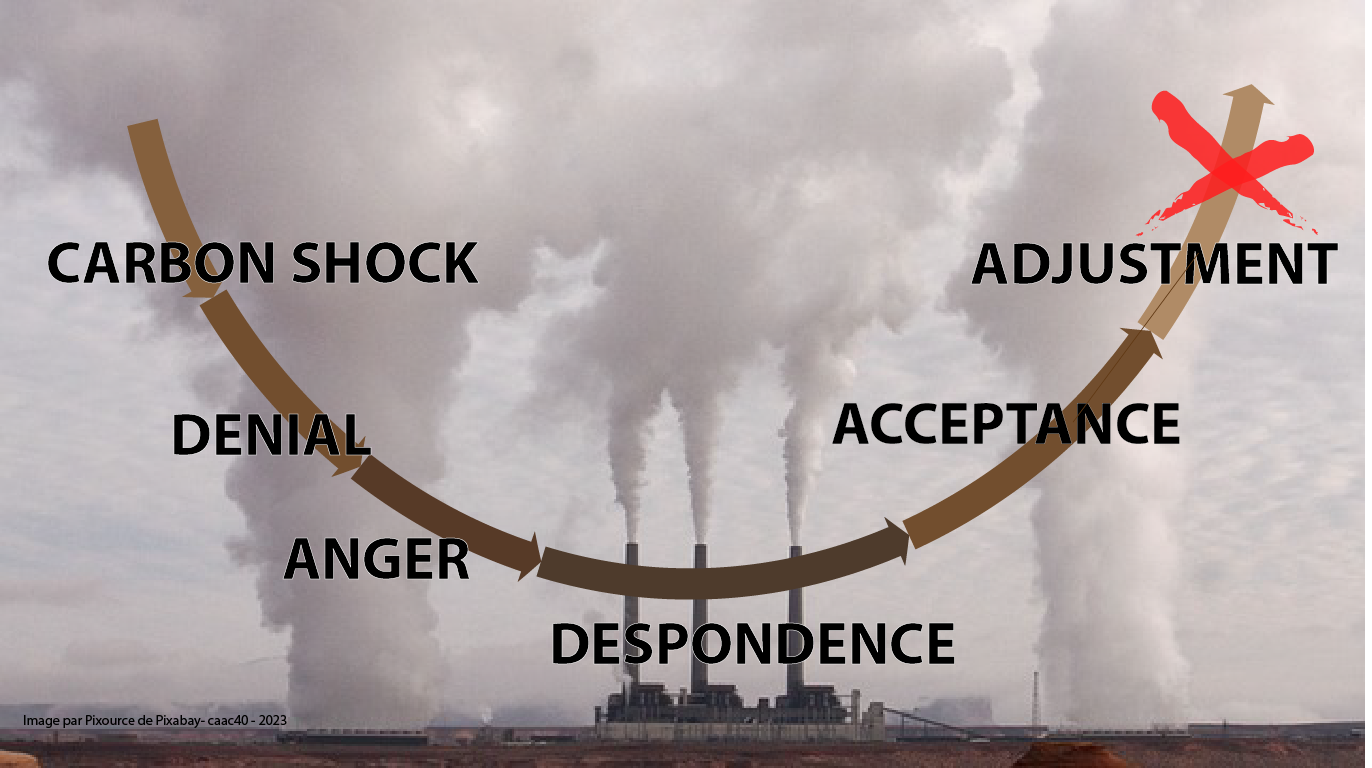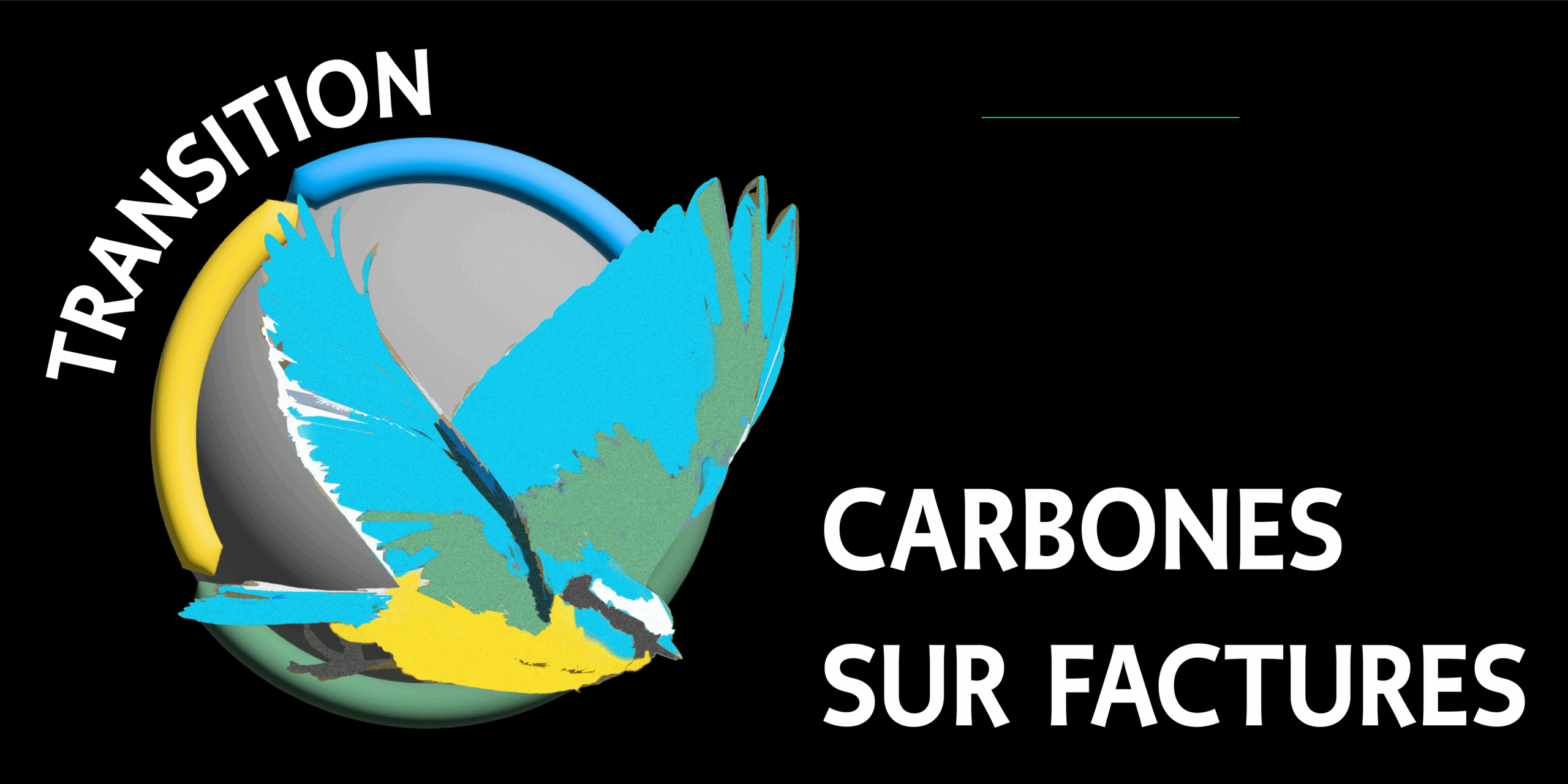What’s stopping us from truly decarbonating?
The problem is not that some people still refuse to decarbonise.
Faced with the shock of very bad news like the carbon slippage, everyone reacts at their own pace.

We need to rely on the many people who are already convinced to take action.
It’s the lack of real decarbonation performance that’s holding us back
– Those who want to decarbonate cannot act effectively at their own level
– Anyone who claims to be decarbonating can easily fake it
It’s the lack of real decarbonation performance that’s holding us back
– It must integrate everything that had to be issued upstream in all the suppliers’ production chains.
– We’re talking about a footprint calculated by Life Cycle Assessment ‘from the mine to the producer’s customer’s door’.
Current practical measurement is rare, cumbersome and unreliable
– Most of the measurement work ignores the weight of products (it is done on the company’s footprint).
– When the footprint of products is calculated, it is done on a monographic basis by each individual producer.
The performance of an investment is the performance of the producer(s) it finances: its contribution to collective decarbonation.
For the sake of convenience, we use the change in the producer’s footprint from one year to the next, but this is not the producer’s performance.
– It’s disempowering : performance at one stage of production (e.g. at the farmer’s) is repeated at all subsequent stages (e.g. at the yoghurt manufacturer’s).
– It’s not true : a producer can decarbonate by increasing its emissions:
. If its product replaces a more carbon-intensive product (for example, because its cows’ milk contains less carbon than the average)
. If it disseminates a decarbonation innovation (for example, training for farmers to reduce the methane emitted by their cows)
